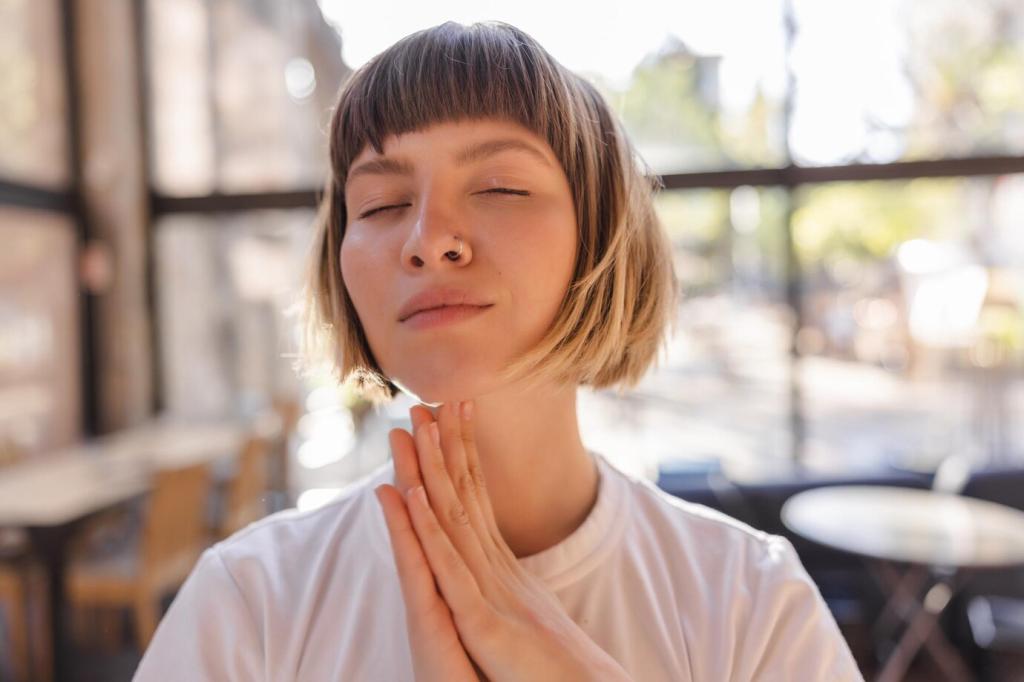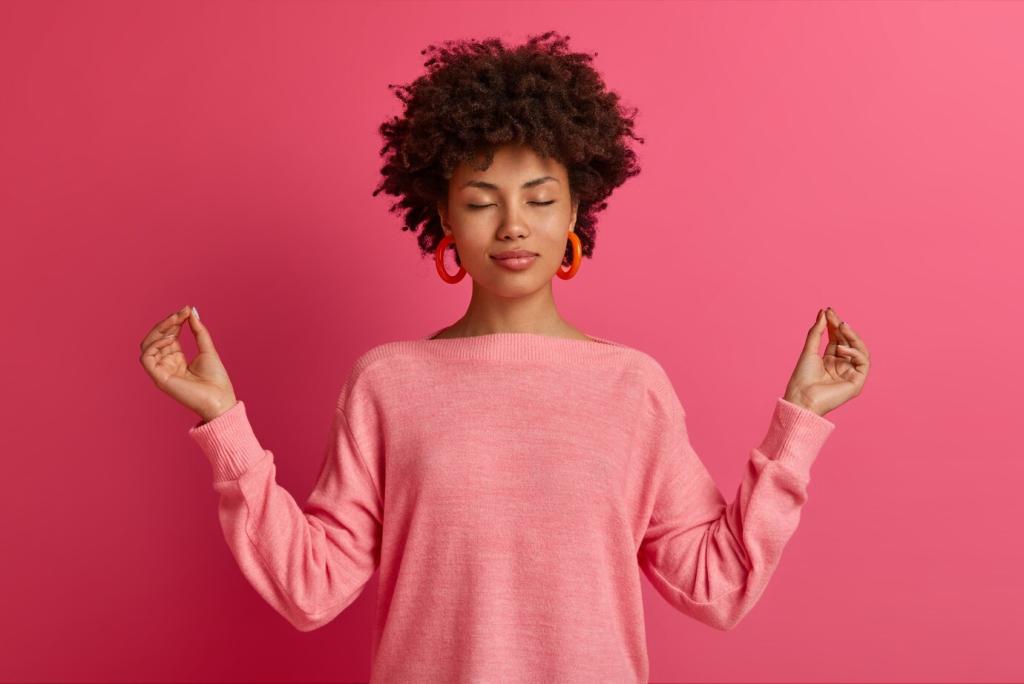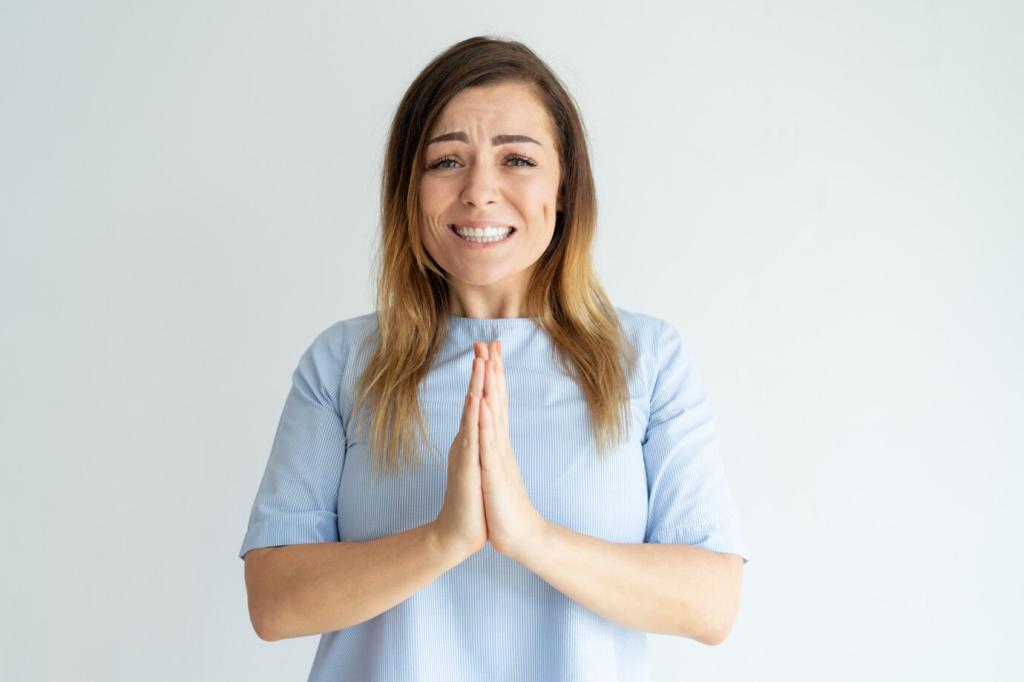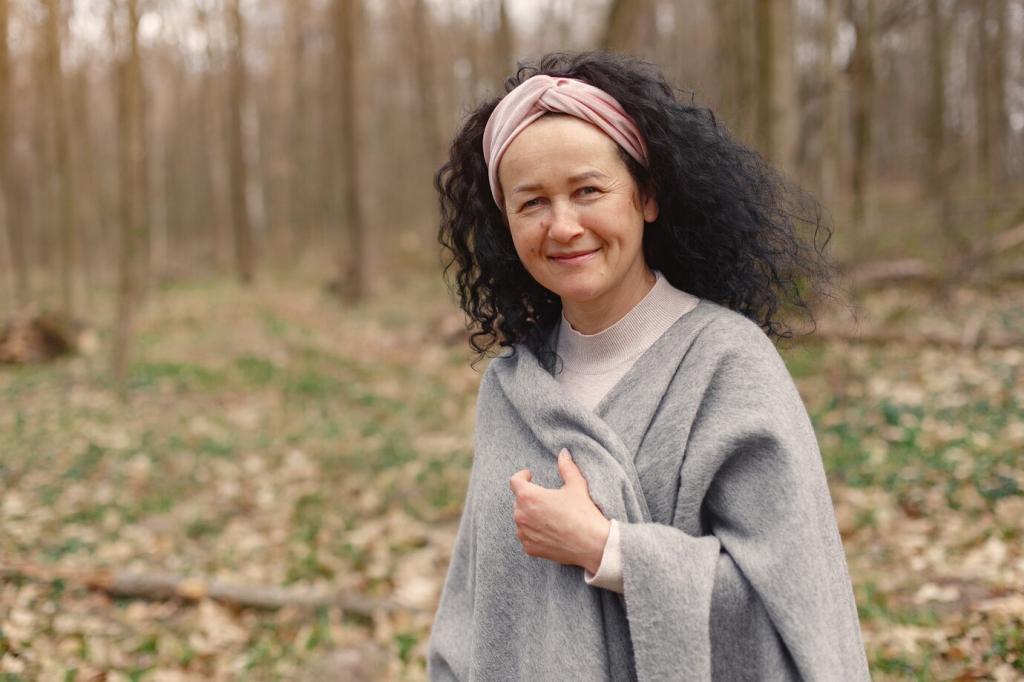Chosen theme: Creative Expression in Art Therapy. Step into a compassionate space where images, colors, textures, and ritual help translate feelings into form. Together we will explore practical techniques, heartfelt stories, and research-backed insights that honor your lived experience. Subscribe and share your reflections so our community can keep learning, feeling, and creating with purpose.


Why Creative Expression Heals
Creating art can downshift the nervous system by engaging sensory focus, rhythmic movement, and choice. Studies suggest that making images may reduce cortisol, while the act of choosing colors supports agency. In art therapy, these small moments of control gently invite regulation, helping you breathe, pause, and notice what feels steady inside.
Why Creative Expression Heals
Sometimes experience lives beneath language. Creative expression in art therapy allows images to carry what the mouth cannot say. Colors blend, lines resist, and textures speak to memory, loss, and hope. Through this nonverbal dialogue, clients can witness their story from a safer distance, cultivating insight without retraumatization.
Wet, Dry, and Everything Between
Watercolors invite flowing feelings and surrender, acrylics support layering and revision, while oil pastels encourage pressure and boldness. Dry media can feel contained and predictable, helpful for anxious systems. Wet media can welcome release. In creative expression, we match materials to needs, letting the medium guide emotional pacing.
Collage, Clay, and Found Objects
Collage offers reauthoring—cutting, selecting, and arranging what stays and what goes. Clay provides grounding through weight and resistance, ideal for channeling tension into form. Found objects carry lived history, transforming ordinary fragments into meaning. Each choice in art therapy becomes a statement of values and boundaries.
Digital Tools with Therapeutic Intention
Tablets and styluses can reduce mess and performance anxiety, offering unlimited undo and gentle experimentation. Digital layering mirrors psychological layering, allowing symbolic edits of a personal narrative. If you use digital media for creative expression in art therapy, tell us which features help you feel safe, playful, or brave.




Techniques to Unlock Expression
Without looking at the page, draw the contour of an emotion as if it were a face. This sidesteps perfectionism and welcomes discovery. Afterwards, write three words about what emerged. In creative expression, we learn from the wobble, letting the hand reveal truths the mind edits away.
Select three colors that match your current emotional weather. Create small swatches, then blend where feelings overlap. Label each area with a word or sensation. This quick practice supports emotional literacy in art therapy, helping you notice nuance, mixed states, and where compassion might create warmer fronts.
Tear paper slowly while breathing out, arranging pieces into a shape that feels honest. The physical rhythm regulates arousal; arrangement restores order. Finish by adding a single affirming line or symbol. If you try this, post a reflection about what softened, shifted, or stood strong through the creative expression.
Safety, Consent, and Cultural Humility
Begin with a grounding ritual—breath, a warm drink, or choosing a protective color. Decide how long you will create, and how you will close. In creative expression, predictable openings and endings help the nervous system trust exploration, especially when emotions carry intensity or history.

Images as Evidence
Photograph your work over time. Look for shifts in palette, scale, density, and space. Many clients notice more breath and light between forms as regulation grows. In art therapy, these visual breadcrumbs reveal change even when words lag behind awareness.
Rituals That Sustain
Anchor insights with tiny, repeatable rituals: a color swatch before meetings, a clay squeeze during tough calls, or a collage snippet each Sunday. Repetition wires new patterns. Share a ritual that helps you carry creative expression from the page into your relationships, work, or rest.
Goals with Gentle Edges
Set process-oriented goals like, create for ten minutes, notice one feeling, or try one new material. Celebrate attempts, not outcomes. In art therapy, compassion strengthens consistency. Tell us what goal you will try this week, and subscribe for monthly prompts that support your practice.
Bringing Creative Expression Home
Keep a small kit of materials ready: pencils, a glue stick, scrap paper, and a few colors that feel kind. Set a timer for ten minutes. Let marks be messy and true. Over time, this micro-practice becomes a steady friend to your inner life.

